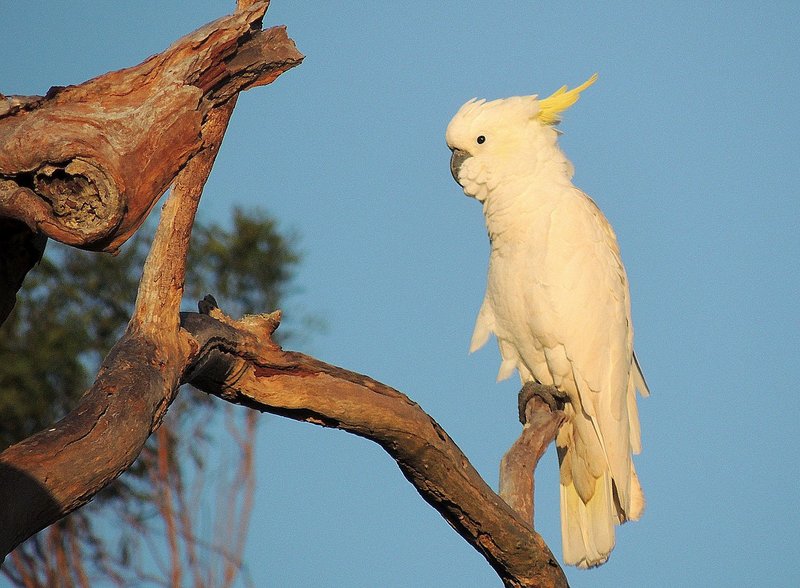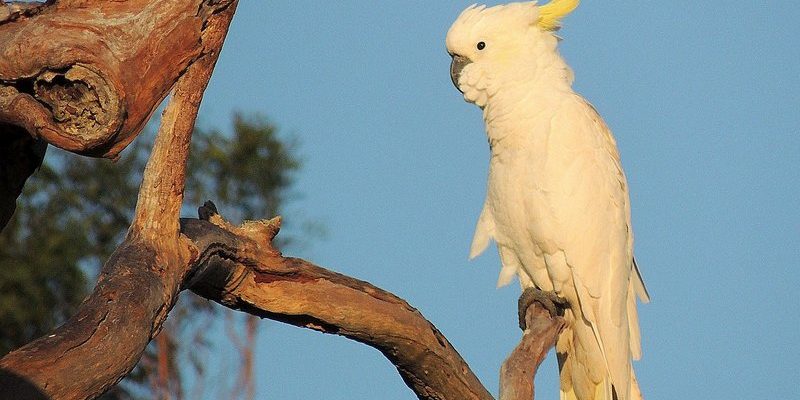
In this article, we’ll explore how cockatoos fit into the folklore and traditions of different cultures. We’ll take a journey across continents, examining both the myths that surround these birds and the roles they play in local customs. Whether you’re a bird lover or simply curious about how animals influence human stories and traditions, you’ll find that cockatoos have quite the unique place in our hearts and histories.
Cockatoos in Indigenous Australian Culture
In Australia, the cockatoo holds a special place in the hearts of Indigenous cultures. These birds are often seen as messengers from the spirit world and are closely tied to Dreamtime stories, which are central to Aboriginal spirituality. For instance, the Sulphur-crested Cockatoo is often depicted in art and dance, symbolizing not only beauty but also connection to the land.
The Aboriginal people have many tales featuring cockatoos, each providing lessons about life, nature, and morality. One famous legend tells of a cockatoo who sacrifices its beautiful feathers to help another creature in need. This story emphasizes the values of generosity and sacrifice within Indigenous communities. Honestly, it’s fascinating how these stories reflect the strong bond between the Indigenous people and their environment, with the cockatoo serving as a bridge between the two.
In ceremonies and rituals, cockatoos are often celebrated for their vibrant energy. Their calls can be heard echoing through the bush, symbolizing the heartbeat of the land. This connection to nature reinforces the importance of protecting these magnificent birds and the ecosystems they inhabit.
Cockatoos in Asian Mythology
Moving to Asia, particularly in Indonesia and the Philippines, cockatoos have significant symbolic value. The Umbrella Cockatoo, for example, is often associated with loyalty and devotion. In local folklore, these birds are sometimes seen as guardians of the spirit world, watching over loved ones and guiding them through life’s challenges.
You might come across stories where a cockatoo appears to warn a character of impending danger. This could symbolize their sharp instincts and the wisdom associated with them. Here’s the thing: these tales often serve as reminders to remain aware of our surroundings, highlighting the cockatoo’s role as a protector.
In some regions of Asia, cockatoos are also included in traditional art forms. From vibrant paintings to intricate sculptures, these artistic expressions reflect the deep respect and admiration these cultures have for these birds. Using cockatoos as subjects, artisans showcase not just the birds’ physical beauty but also their deeper meanings.
Cockatoos as Symbols of Freedom
Across many cultures, cockatoos embody the idea of freedom. Their ability to fly high above the ground symbolizes liberation and the quest for personal growth. This symbolism resonates especially in cultures where freedom has been a hard-won value. For instance, in various African traditions, the cockatoo is often depicted as a spirit of independence, inspiring people to strive for their own paths.
You might relate this to how many people view birds as a metaphor for breaking free from constraints. Cockatoos, with their striking appearance and spirited behavior, amplify that feeling. Let me explain: in stories where characters struggle against oppression, a cockatoo’s flight often represents the triumph of the human spirit.
Moreover, in some countries, cockatoos are used as a symbol in protest movements. Activists have adopted the image of these birds to raise awareness about environmental issues, reflecting their connection to nature. This further establishes cockatoos as more than just beautiful creatures—they represent a broader struggle for freedom and environmental justice.
Cockatoos in Contemporary Art and Literature
In modern times, cockatoos have found their way into contemporary art and literature, symbolizing everything from resilience to playful spirit. Artists often use cockatoos to challenge traditional narratives, portraying them not just as birds, but as vibrant characters full of personality.
For instance, several Australian authors have written children’s books featuring cockatoos, showcasing their antics and charming behavior. These stories don’t just entertain; they also educate young readers about the importance of biodiversity and environmental conservation. You might be wondering how a bird can teach a lesson about protecting nature—well, when children identify with vibrant characters, they are more likely to understand the impact of their actions on the environment.
Moreover, murals and street art around the world often highlight cockatoos, making them symbols of creativity and urban wildlife. These modern interpretations help foster appreciation for birds and wildlife in urban settings, reminding us of our connection to the natural world.
Cockatoos and Their Role in Ecotourism
As the world shifts its focus toward sustainability and conservation, cockatoos play a vital role in ecotourism. Many travelers flock to regions where these birds are native, eager to experience their beauty and charm firsthand. This has prompted local communities to find ways to protect their habitats while also sharing this wonder with the world.
Ecotourism not only helps preserve the environment but also promotes local cultures and traditions. Cockatoos often feature in birdwatching tours, where guides share stories about their significance in local folklore. These tours provide visitors with deeper insights into the relationship between people and these birds, blending education with enjoyment.
Local businesses benefit from this interest as well, creating economic opportunities that encourage conservation efforts. When communities see the financial incentive to protect their natural resources and cultural heritage, everyone wins. Honestly, isn’t it great to think that love for a bird can lead to better lives for people and wildlife alike?
Conservation of Cockatoos: A Cultural Responsibility
Given their significance in various cultures, it’s crucial to discuss the conservation of cockatoos. Many species faces threats from habitat loss, illegal trapping, and hunting. Cultural reverence for these birds can play a pivotal role in their protection.
In many Indigenous cultures, the cockatoo is not just a bird but a part of their identity. When communities recognize their significance, they’re more likely to engage in conservation efforts. Programs that educate young people about cockatoos and their cultural importance encourage a sense of responsibility towards protecting them.
Let me explain: communities often connect the health of their environment to their cultural practices. If cockatoos are seen as bearers of wisdom, then their decline signals deeper issues within the ecosystem. By fostering respect for these birds, people are more motivated to take action to safeguard their habitats.
As we discuss the importance of protecting cockatoos, it’s essential to remember that their fate is interconnected with human actions. Every effort counts, whether it’s supporting local conservation groups or simply spreading awareness about their role in culture and folklore.
Cockatoos are more than just stunning birds; they’re woven into the fabric of local cultures and folklore around the globe. From Indigenous Australian stories that honor their connection to the land to their spirited representations of freedom and resilience, these birds inspire and teach us.
By understanding their roles in various traditions, we can appreciate the deeper connections between humans and animals. This shared history emphasizes the need for conservation and respect for our natural world. In celebrating cockatoos, we’re not just admiring their beauty—we’re also championing the cultures and environments that nurture them. So the next time you see a cockatoo, remember the stories they carry and the crucial roles they play in our lives. Each call echoes the wisdom of ages, inviting us to listen and learn.

